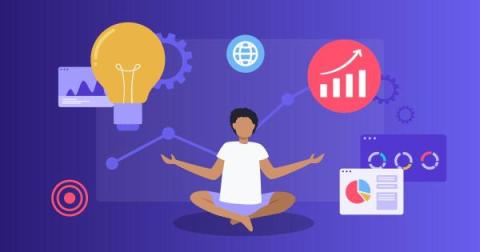IDC MarketScape names Miro a Leader in Team Collaboration Applications
We are thrilled to announce that Miro has been named as a Leader in the IDC MarketScape: Team Collaboration Applications 2024 Vendor Assessment (doc, November 2024). The IDC MarketScape is the premier vendor assessment tool in the information and communication technology industry.










